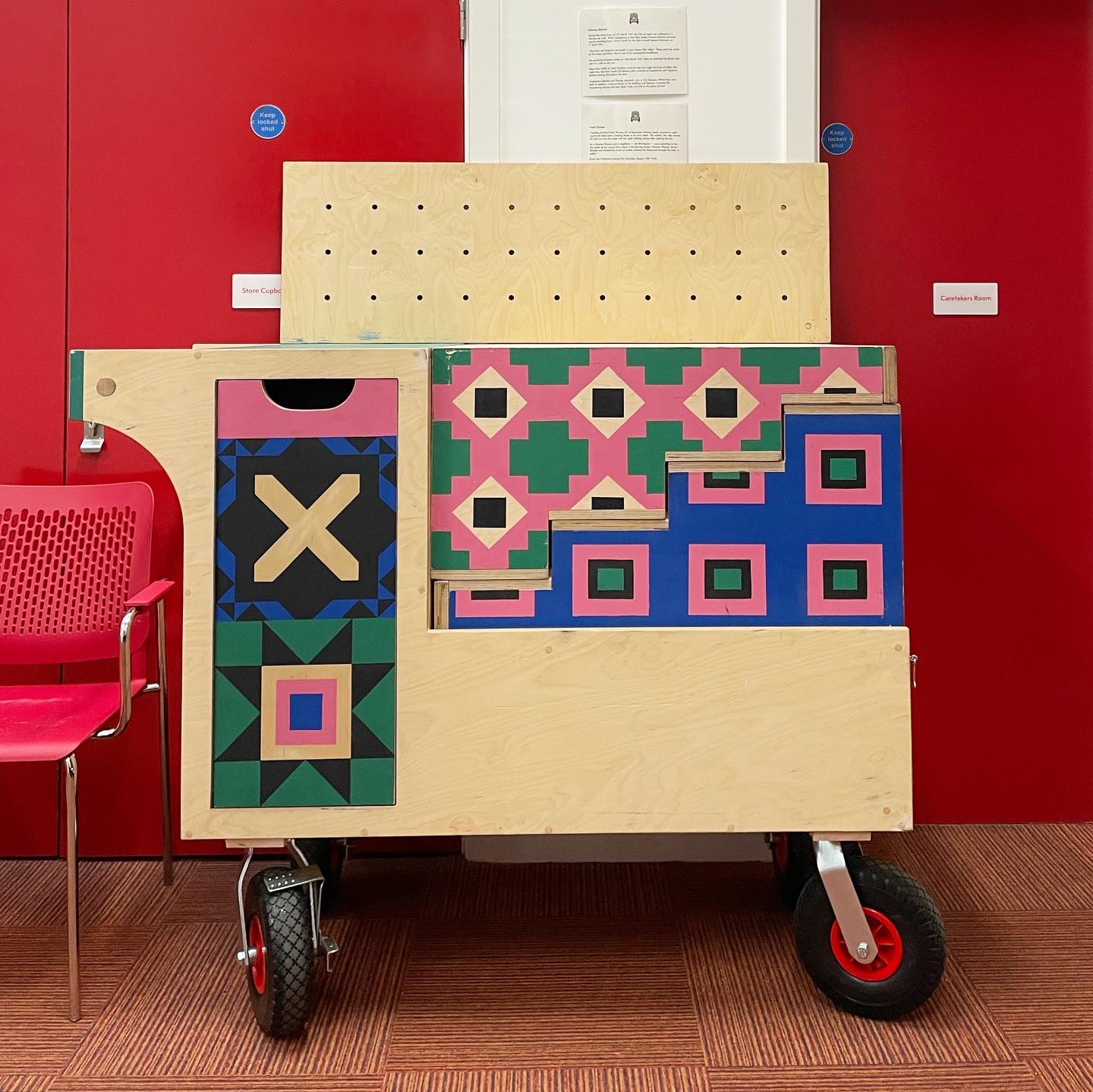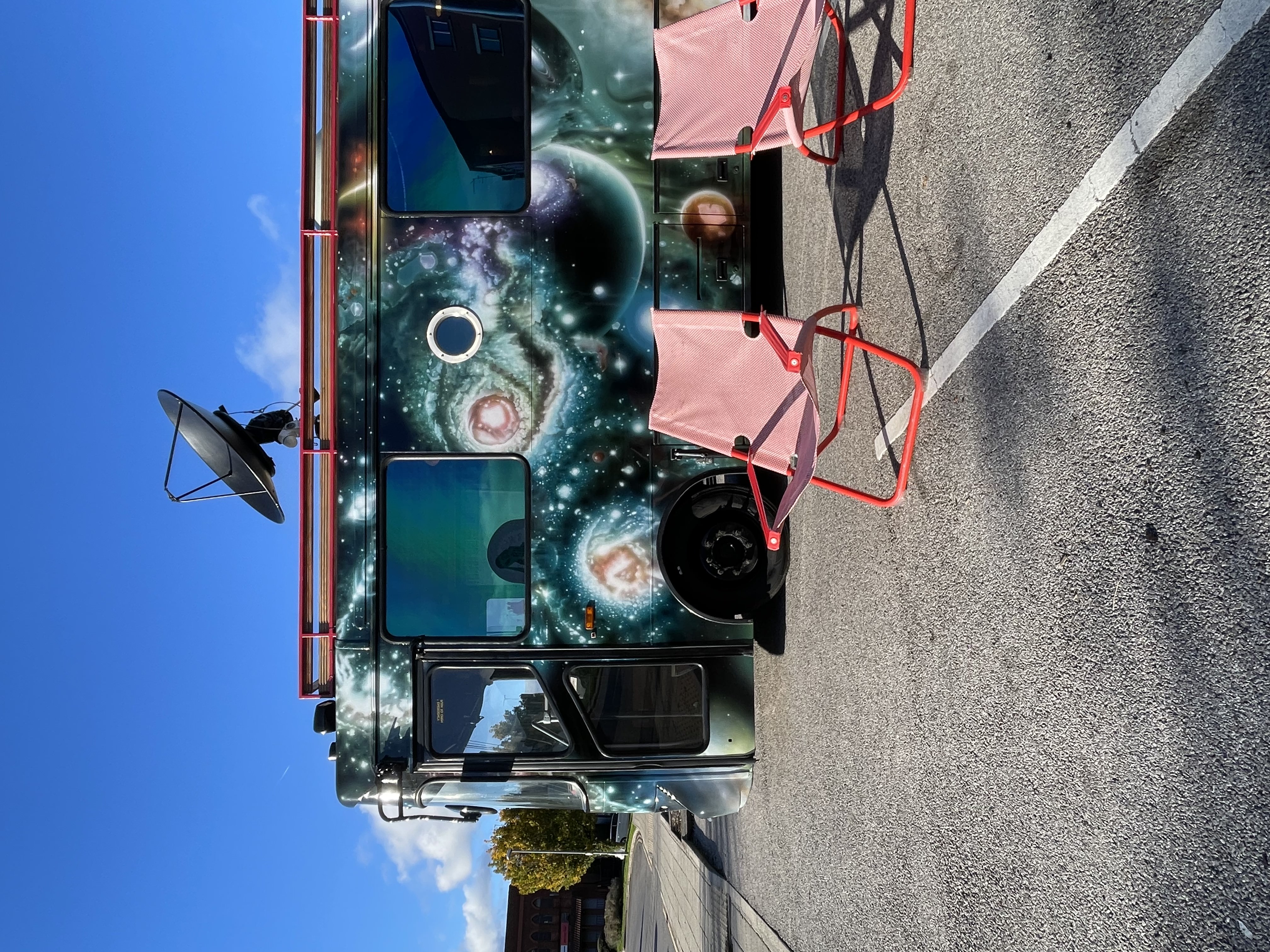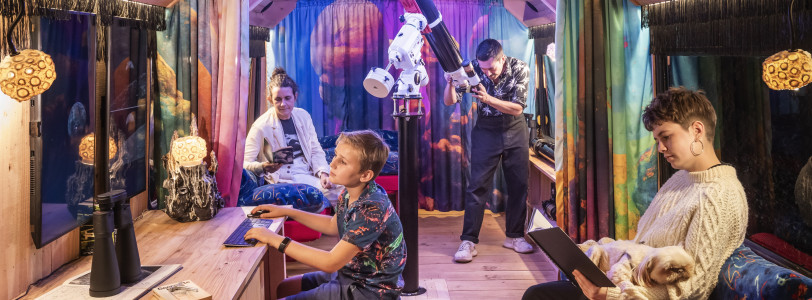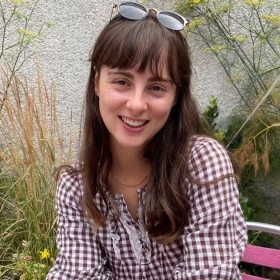Could you please introduce yourself to the reader and explain what the East Leeds Project is?
My name is Claire and I am co-director of the East Leeds Project alongside Kerry. We both live in the same area of east Leeds, Gipton and Harehills. It’s a very transient place, there’s about 82 languages spoken here. Gipton is one of those estates built in the 1930s to take people out of the slums and give them semi-detached houses with gardens. What they didn’t do was provide an infrastructure of culture or creativity.
Myself and Kerry wanted to get creative arts recognised within the city. We have both been practising artists for over 25 years but wanted to start something within our area. In Leeds, we have an art gallery, the Yorkshire sculpture park and the Henry Moore Institute. But so many people come out of the universities, having studied art, and don’t follow through with creative practice. So we decided to put our ideas into practice and aim to grow with people in our communities.
We started asset-based community development, which is about looking at what you have already within your community, and asking the community what they want and need. We formed ourselves as a community interest company in January 2019. We’ve just turned five!
A principle of non-judgement is really crucial to the ELP. We meet people where they're at. That's really important because people come to their creative practice from all different kinds of angles, some have gone through university, some have just been doing it at the kitchen table. I met this woman who created scenes of Dubai in glass ashtrays on her coffee table.
You started this project in a response to a need that you saw in the community. How does it now engage with the local community? What sorts of projects do you run?
We started in an old café with our laptops just chatting to people. We did a survey for all artists who are living in Gipton and asked them where they practised, how they worked, etc. Then we spoke to our local councillor, Salma Arif, and asked for our own space. We were led to Gipton Methodist Church and hired a couple of their rooms and started doing artist socials so people could come and get to know one another.
We then began to invite people to walk with us along the Wyke Beck Valley. There’s a valley that leads from Roundhay Park all the way to Temple Newsam and it’s a little river that hits the Leeds/Liverpool Canal which then hits the River Aire. We were really interested in how the river had an impact on the people that lived around it. So we would walk my dog, Billy Joe Bob, and just have conversations with people about how they felt about where they lived and worked. As we were collecting this information, we started to look at applying for project money to celebrate what was in our area already.
We then moved into the local leisure centre, because they had an empty squash court. We turned it into a makerspace. It’s a really cool space and it became the heartbeat of where we are. We've just been inviting people down and inviting them to practise in our space.
Throughout this process, we talked with the community to keep asking what is important to them. We heard that people wanted to see art in a more accessible way, because currently to see art in Leeds you had to travel into the city centre and back. For women in particular, that was difficult, especially when the transport system isn’t good in the winter. So this fed into our objective about taking art, and art making, to the people.
The next project was informed by this. We worked with a fantastic artist called Emma Hardaker. She designed and built a little mobile makerspace called KIOSK. It has cupboards and opens out, there are little stools that fit together and all of that sort of stuff so we could take making to the people. That works really well because it meant people within our community didn't have to travel into town. This helped erode an idea of art as exclusive, with many people in the community fearful of crossing the threshold into viewing fine art. A lot of people won't go into an art gallery because it feels like it’s not for them.

Tell us about your most recent project, Moon Palace.
The idea behind Moon Palace is to bring an observatory to the people. We wanted to celebrate John Smeaton, who was an artist and scientist from East Leeds who was inspired to redesign the lighthouse by looking at the oak trees along the Wyke Beck valley.
Moon Palace is a 55 seater school bus which has been completely transformed by artists Heather Peak and Ivan Morison. When we first saw her, she had just dropped off children for swimming lessons. And then she was transformed. We took out all the seats, installed a huge telescope and worked with the Leeds Astronomical Society. The first sci-fi film, A Trip to the Moon, inspired a lot of the interior designs on the bus. It also contains a series of curated detective novels, which is to illustrate the point that we are always looking for answers. We're always asking questions, we always want to explore, we will always want to innovate.
The beautiful thing about Moon Palace is we drive her to the people. So you come from Earth, into Moon Palace. And as you come up into the warm, welcoming space, we have conversations about how we observe what we want to observe and why we observe. That really allows people to have those conversations they otherwise wouldn't have. We also serve Cosmic Tea, a special tea blend to make people feel at home.
 Artists: Heather Peak and Ivan Morison
Artists: Heather Peak and Ivan Morison
What are some of the challenges that you have faced?
One of the challenges has been how people in the community perceive myself and Kerry. We’re women, we’re white, we own our own houses. So we’re often seen by white men as just doing something frivolous on the side. It’s very undermining, misogynistic and pigheaded. We’re not given value as women. Also, Kerry and I have owned our houses in the area for 25 years. We’re absolutely part of the community. But many funders believe they still know better about how to do art in the area than us. I'm not saying that's totally wrong, but what I am saying is that the voice of somebody from the community should always be at the table.
Once again, it's about meeting people where they're at. For example, in our conversations with the community, the desire for a playground comes up again and again. It’s very difficult to fund a playground because that usually comes from the council but the council has reduced funding. So we had to be creative about that need and make a temporary playground. We hung things off trees, created different types of equipment, utilised what we had to the best of our abilities.
Where do you see East Leeds Project going in the future? Do you have plans? Do you let it evolve gradually?
The Council's levelling up application for a whole new community, arts, health and wellbeing centre was rejected. However, we are working with them. Because we still believe that if we create a community hub, it will really bring people together. We’re working with a piece of land initially designated for allotments after WWII but was never taken up. So we want to work with the School of Earth and Environmental Science at Leeds University.
We want that to be a starting point for the conversation and invite people to come and find out about the land they live on. We want to ask the community, how would you use the land? Maybe use it to grow plants that we could then use as dyes to then start dyeing material because a lot of the people that live in our area are from other cultures that use dyes a lot. So we really want to provide something so we can all learn from them actually.
Another project we’re working on is about the east side of cities with a partner link in Lille, France. The reason why the east side of cities are often the poorest and most run-down is because, in the Industrial Revolution, the wind blew the fumes onto the east side of the city. That meant the west would always be wealthier, attract investment and refurbishment. It’s the same in France, so we’re working with Lille on the east sides of the city.
What advice would you give to someone who wants to start a community arts project?
It’s really important that you find someone, not just that you love, but that you trust to fall out with. Someone you can sit and dream with, but also where you really allow the other person to grow. Kerry is incredible, she does all the things I can’t do and vice versa. It's about finding that yin and yang.
The other thing is to really support people and be allowed to fail. It's so important that you shouldn't have to succeed in everything you do, because you only learn through things going wrong. The idea might be good, but the way you did it was just wrong.
Being non-judgemental is also really important for community work. You can't have presuppositions about people. And as an artist, you have to meet people where they're at, you have to understand that if you're going to work in community, there will be people who are drug takers, who are alcoholics, who just sit at home all day. It’s not our place to judge that. It's our place to welcome the community and give people the tools to be creative, if they want to be.









0 Comments